June is a perfect time to explore South Korea, as the weather transitions into warm summer days without the intense heat of later months. Whether you’re soaking up the sun on Gangneung’s beaches, hiking through the vibrant trails of Jirisan National Park, or experiencing the unique culture of the Gangneung Danoje Festival, June offers a variety of outdoor adventures.
Visitors can also savor seasonal dishes like naengmyeon and patbingsu, while enjoying the less crowded tourist spots and moderate travel costs. This guide to Korea in June covers everything from weather tips and packing essentials to must-visit destinations and the month’s top festivals, ensuring you have a memorable trip.
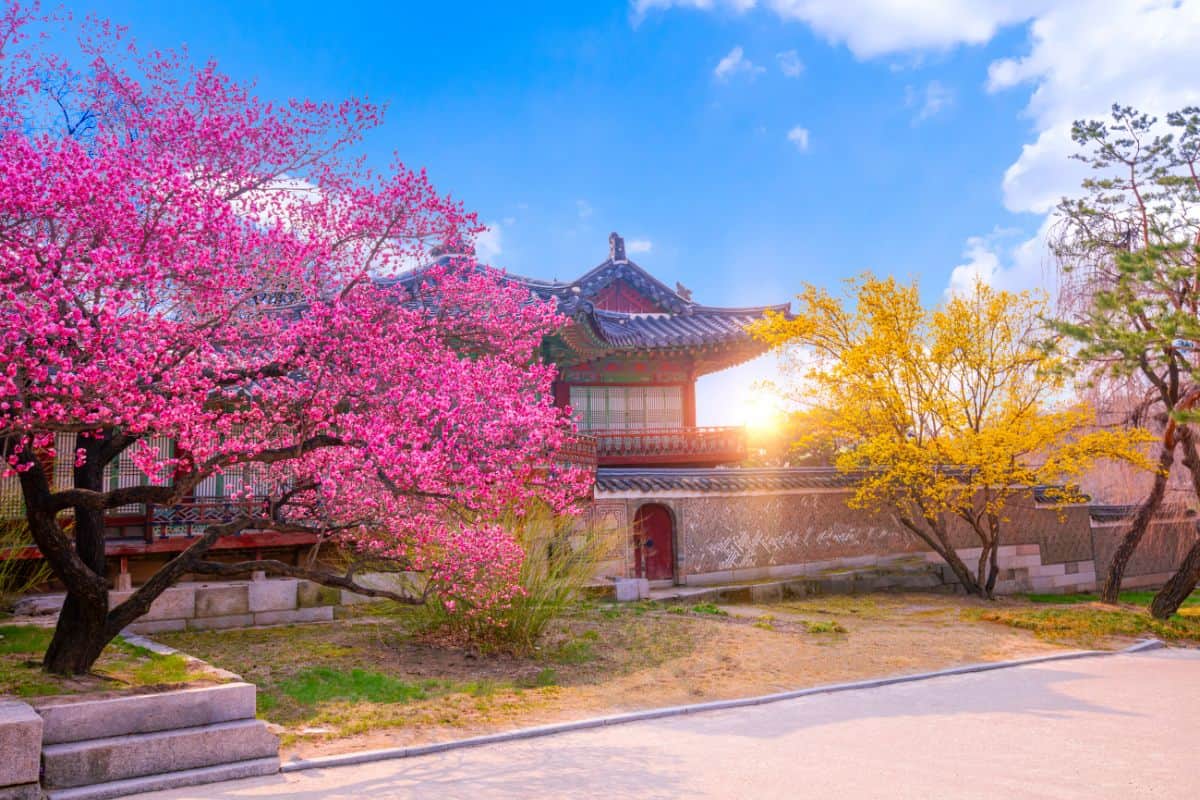
Jump to:
- ☀️ June Weather in Korea
- 👨👩👧 Crowd and Cost in Korea in June
- 👗 What to Wear in Korea in June
- 📸 Places to Visit in Korea in June
- 🎉 Korea Festivals in June
- 🎊 Korean Public Holiday in June
- 🍜 Korean Foods to Try in June
- 📋 Korea Itinerary for June
- 📝 Korean Tours for Summer
- ❓ Frequently Asked Questions
- 💬 Comments
☀️ June Weather in Korea
June signals the onset of South Korea’s warm and humid summer, offering a delightful experience for travelers. With average temperatures reaching a pleasant high of 79°F (26°C) and dipping to a comfortable low of 61°F (16°C), the month provides an inviting climate for exploration.
Although humidity begins to climb to about 70%, it generally remains manageable, allowing you to indulge in beach trips without the heat of the later summer months. This makes June a prime time for enjoying seasonal adventures while comfortably basking in the sun’s warmth.
As June progresses, the annual monsoon season, locally known as jangma, begins, shifting weather patterns. While the early part of the month typically boasts sunny, dry days, rainfall chances steadily increase. Be aware that regions in the south, particularly coastal areas like Jeju Island, face a higher risk of heavy rain and occasional typhoons.
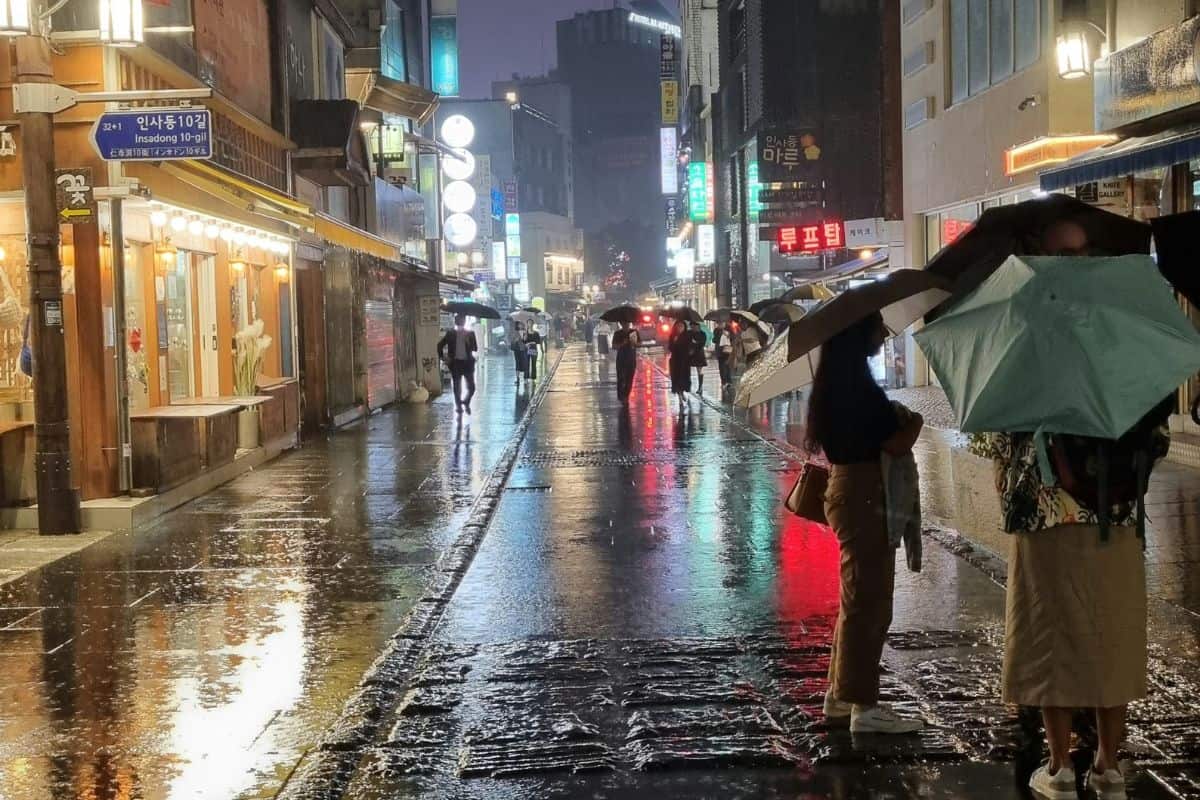
👨👩👧 Crowd and Cost in Korea in June
June marks the beginning of the summer holiday season, ushering in a wave of tourists eager to explore South Korea. While local students are still busy with their studies until July, many families from overseas take advantage of the early summer break to embark on their adventures.
This creates a vibrant atmosphere across the country; however, June remains the least crowded month of the summer, offering a unique opportunity for travelers to enjoy popular beaches and tourist sites without the overwhelming domestic crowds that typically arrive later in the season.
Moreover, June is an excellent time for budget-conscious travelers, as flight and accommodation prices are moderate. With demand for travel yet to peak, you can secure good value lodging in sought-after areas like Myeongdong and Hongdae. Early planning and hotel reservations are key to planning a fun yet economical trip.
👗 What to Wear in Korea in June
June marks the transition from spring to summer in South Korea, with temperatures gradually rising and the possibility of rain showers. Dressing comfortably and being prepared for both warm and slightly cool weather is key. Here's a quick guide on what to wear during this time of year:
- Light layers: Mornings and evenings can still be a bit cool, so a light cardigan or jacket can be useful.
- Breathable fabrics: Opt for cotton, linen, or other breathable materials to stay cool during the warmer afternoons.
- Comfortable shoes: If you're planning to explore, comfortable walking shoes or sandals are essential for navigating the cities or hiking trails.
- Rain gear: With the rainy season approaching, carrying a small umbrella or a light rain jacket can save you from unexpected showers.
- Sun protection: Hats, sunglasses, and sunscreen are crucial as the sun gets stronger towards the end of June.
- Lightweight pants or skirts: These can help you stay cool while still being appropriate for more formal settings or cultural sites.
- Versatile outfits: Pack clothes that can easily transition from day to night, as temperatures may vary.
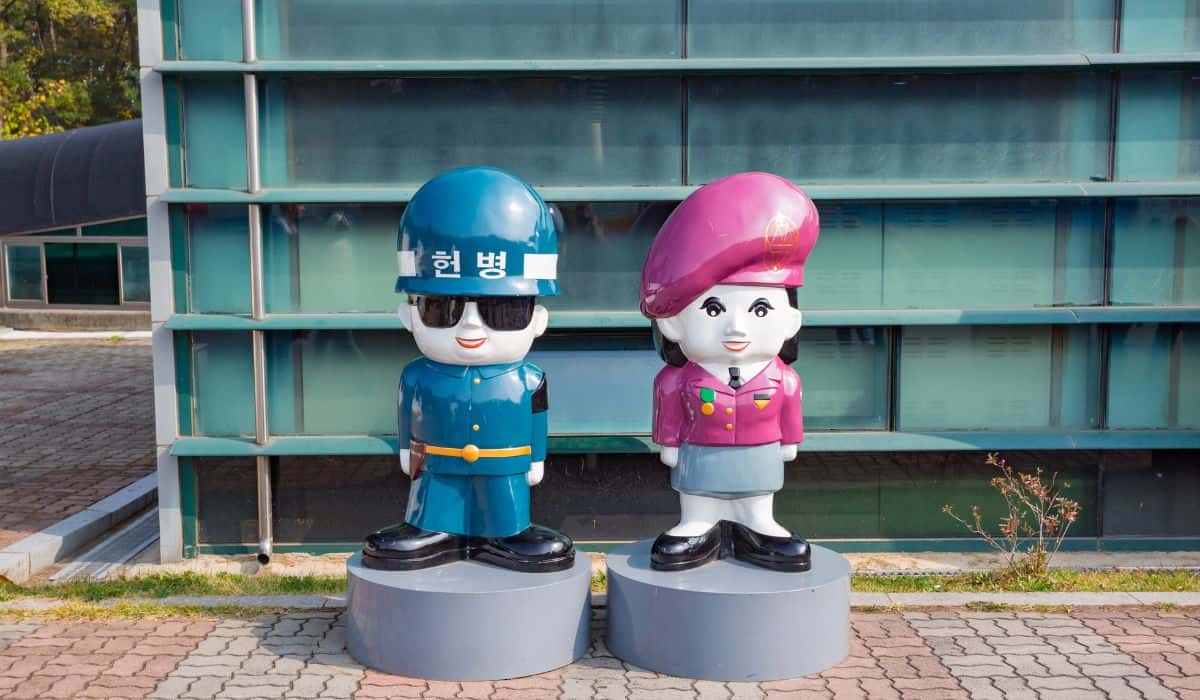
📸 Places to Visit in Korea in June
DMZ (Demilitarized Zone)
Visiting the DMZ is a unique experience in South Korea, offering insight into the country’s history and its division with North Korea. June provides pleasant weather for the outdoor tours, which often include visits to key points such as the Third Tunnel of Aggression and the Dora Observatory.
The clear skies of early summer allow for better visibility and a more comfortable experience as you explore this historic area.
Jirisan National Park
As the first national park ever established in South Korea, Jirisan National Park offers an incredible blend of towering peaks and stunning natural beauty, making it a paradise for outdoor enthusiasts.
Home to impressive summits, including Cheonwangbong Peak at 1,915 meters, Banyabong Peak, and Nogodan Peak—each of which stands proudly among the tallest in the country after Halla Mountain—this park invites adventurous travellers to spend afternoons exploring.
Hikers can immerse themselves in the breathtaking scenery, particularly the picturesque Naewonsagyegok Valley, where serene surroundings create the perfect backdrop for exploration. The Jirisan Recreational Forest offers a comfortable base for those looking to camp or stay in lodges, with the nearby Naewonsa Temple adding a cultural touch to the journey.
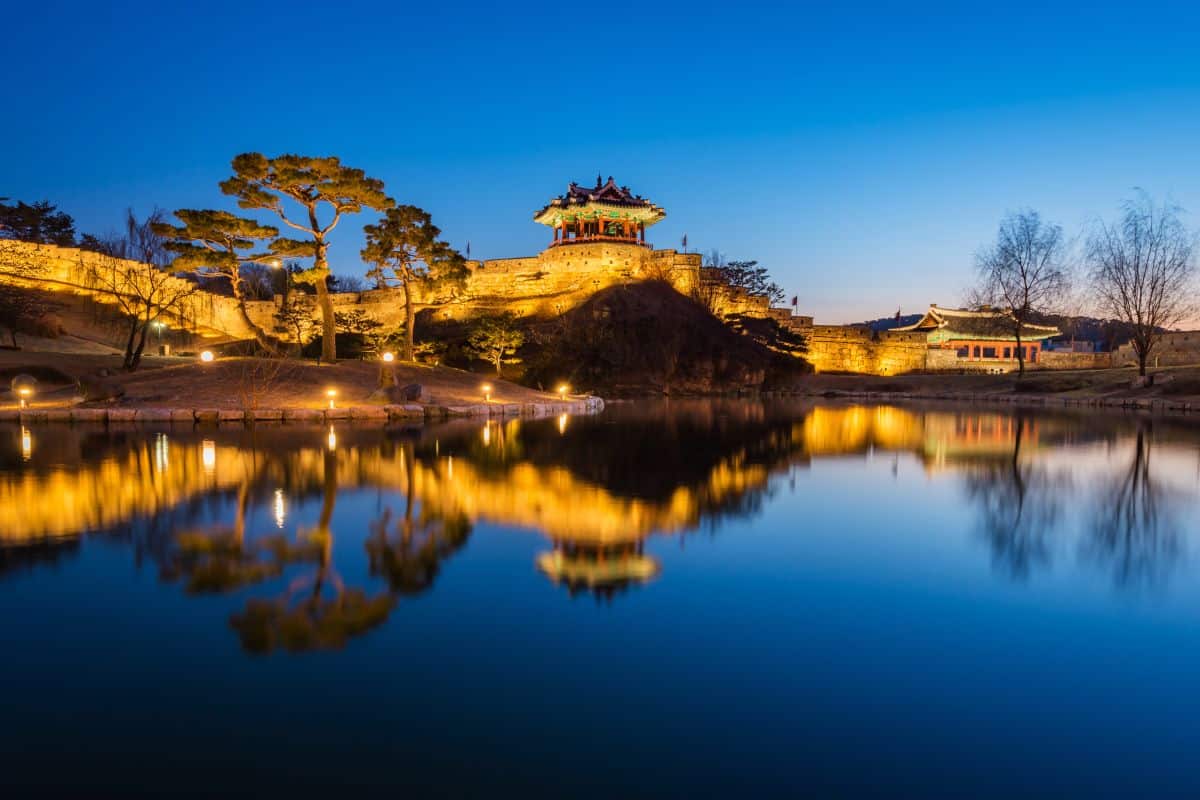
Cheongpung Cultural Heritage Complex
Nestled in Jecheon, Chungcheongbuk-do, the Cheongpung Cultural Heritage Complex invites you to explore an extensive collection of cultural treasures and artifacts from the region. This unique location holds a rich history, having gathered items that were salvaged before the area was submerged in water during the construction of the Chungju Dam in 1985.
The complex is home to several notable structures, including the Hanbyeongnu Pavilion and the Stone Standing Buddha, both designated as national treasures, and which highlight the architectural heritage of the area.
In addition to these marvels, the complex boasts nearly 2,000 household artifacts that vividly illustrate daily life in the past. This outdoor museum serves as a testament to the vibrant culture of the upper Namhangang River region, offering a fascinating and serene glimpse into history for anyone visiting.
Suwon Hwaseong Fortress
Suwon Hwaseong Fortress is a stunning tribute to King Jeongjo's love for his father, built in the late 18th century after moving his father's tomb. Designed by a skilled military architect, the fortress mixes Eastern and Western defense designs.
Spanning around 4 miles/6km, it has strong walls, four main gates, bastions, and artillery towers that have lasted over time. It protected Suwon, a key city in the Joseon dynasty, and became a UNESCO World Heritage Site on December 12, 1997, due to its historical importance.
Visitors can enjoy cultural shows and events daily, though Paldalsan Mountain also offers great views of the fortress.
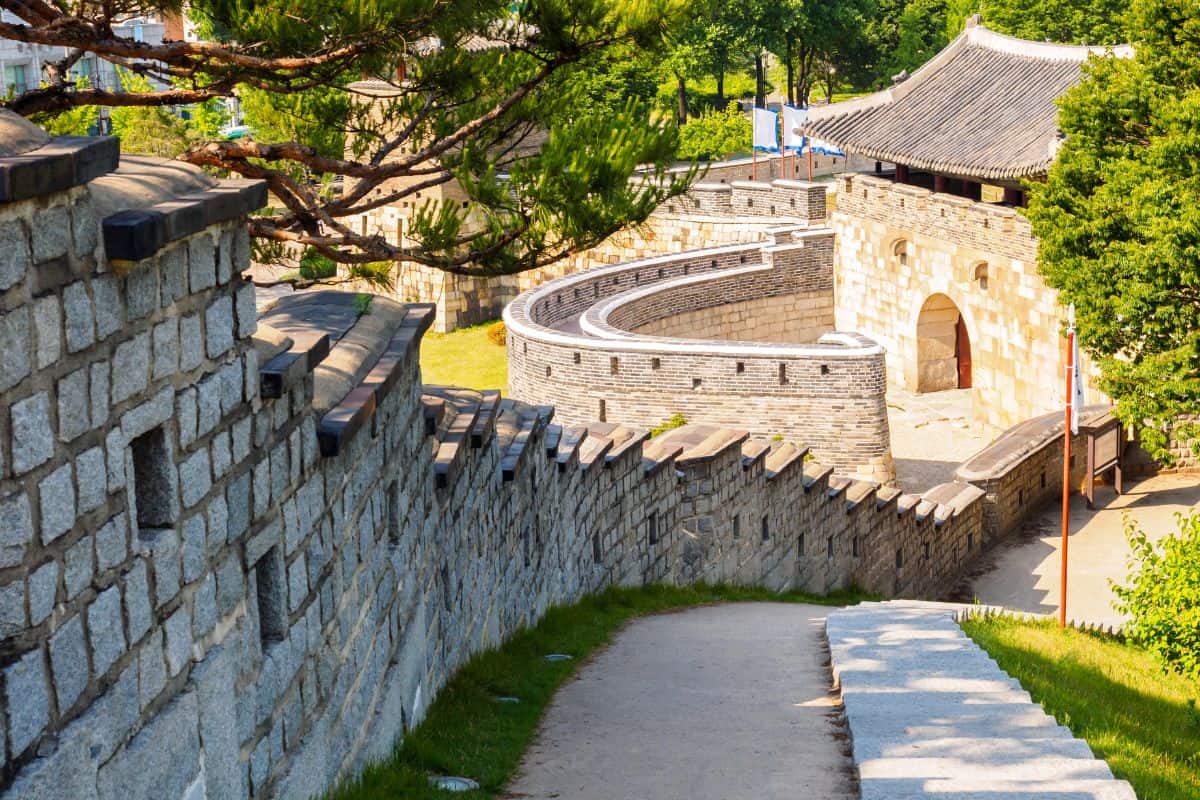
Suncheon Bay Wetland Reserve
Suncheon Bay Wetland Reserve, recognized as one of the world’s top five coastal wetlands, stretches gracefully along a 3 km river adorned with expansive mudflats and lush reed beds.
This ecological haven is particularly renowned for its vibrant colonies of reeds, which provide essential breeding and wintering habitats for a variety of bird species, including the magnificent Hooded Cranes.
Nature enthusiasts will find solace in the tranquil environment, where they can observe the unique biodiversity that thrives in the tidal flats, including fascinating creatures like Mudskippers and the distinctive East Asian Seepweed.
Visitors are treated to an unforgettable experience, particularly at sunset when the sky is painted in brilliant hues over the S-shaped waterway of Suncheonman Bay. The reserve features an observation deck that offers breathtaking views, making it an ideal spot for photography and quiet reflection.
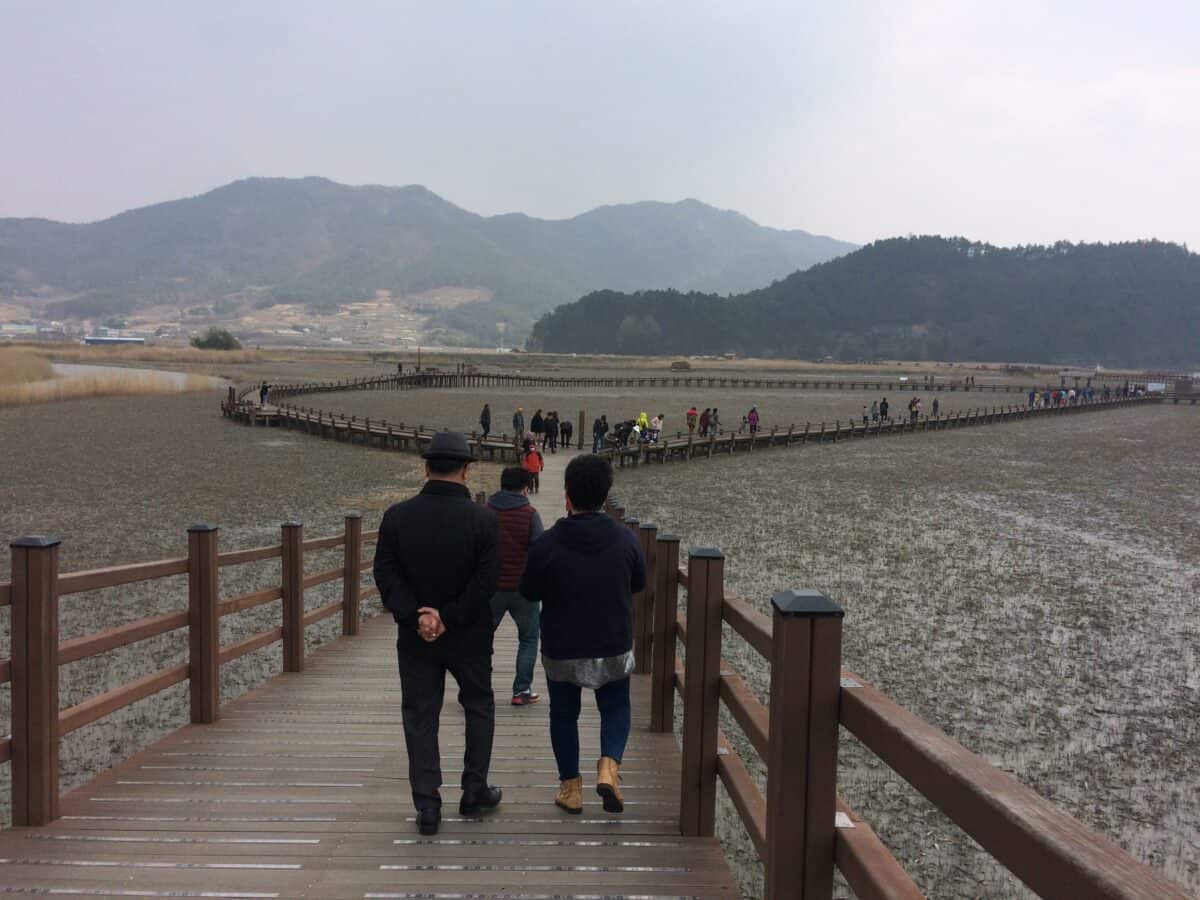
🎉 Korea Festivals in June
Gangneung Danoje Festival
The Gangneung Danoje Festival, held in the breezy city of Gangneung in Gangwon Province, is a spectacular celebration showcasing one of South Korea’s oldest traditions. Taking place in early June, with dates varying annually, this vibrant festival has been recognized as an Intangible Cultural Heritage by UNESCO.
The Danoje Festival offers an array of shamanistic rituals, captivating folk games, and energetic performances, including masked dances and traditional wrestling. Visitors can participate in unique cultural experiences like washing their hair with iris water for good fortune and swinging on traditional swings.
The first time I went back in 2017, I was able to make a couple of paper crafts and mold these delicious traditional cookies with my companion. You can easily reach Gangneung by train from Seoul, making it an ideal day trip from Seoul.
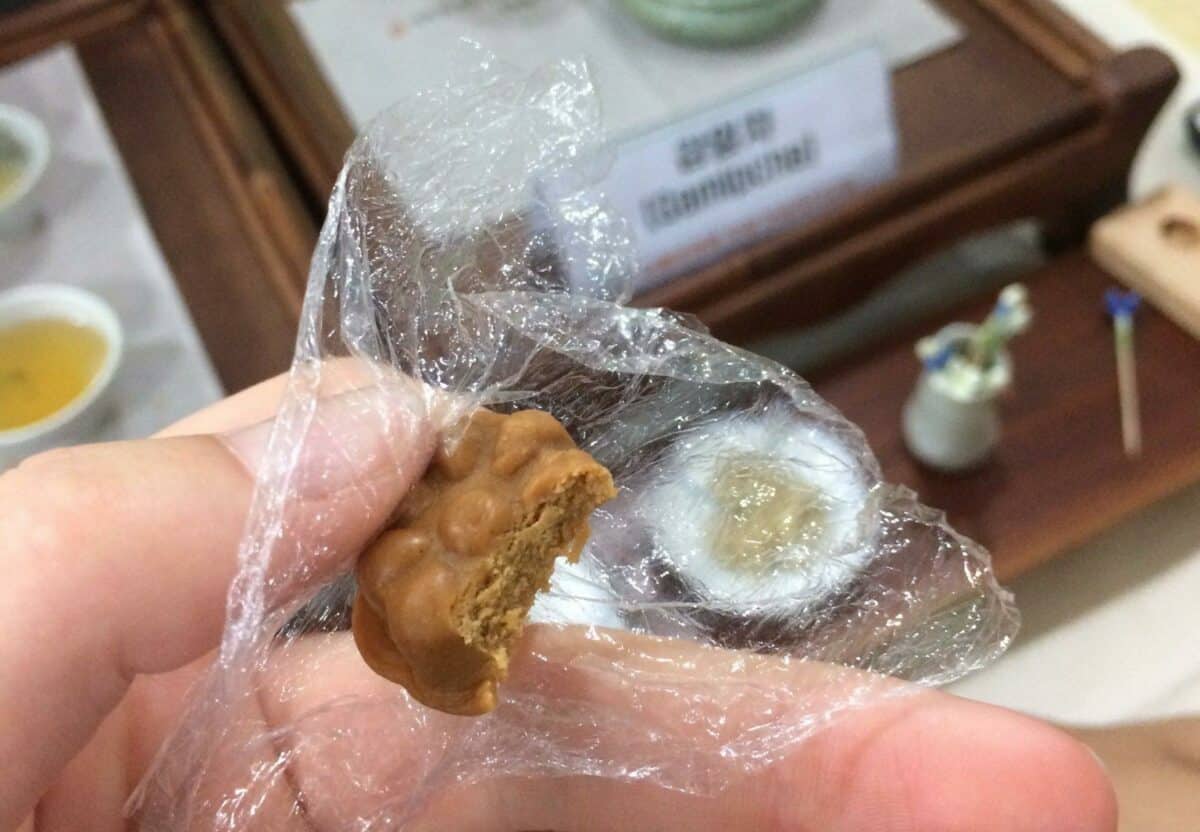
🎊 Korean Public Holiday in June
Memorial Day
Memorial Day (현충일), observed on June 6th, is a significant national holiday dedicated to remembering the brave soldiers and civilians who sacrificed their lives during the Korean War and other conflicts that protected the nation.
Solemn ceremonies take place throughout the country, with the most notable event occurring at the National Cemetery in Seoul. Here, a formal tribute is led by the nation's president and military officials, creating a profound atmosphere of respect and remembrance.
For travelers in South Korea on Memorial Day, note that most businesses and government offices will be closed, though major tourist attractions and restaurants generally remain open. Traffic patterns may be disrupted due to parades and memorial services, so plan ahead to navigate the city during these events.
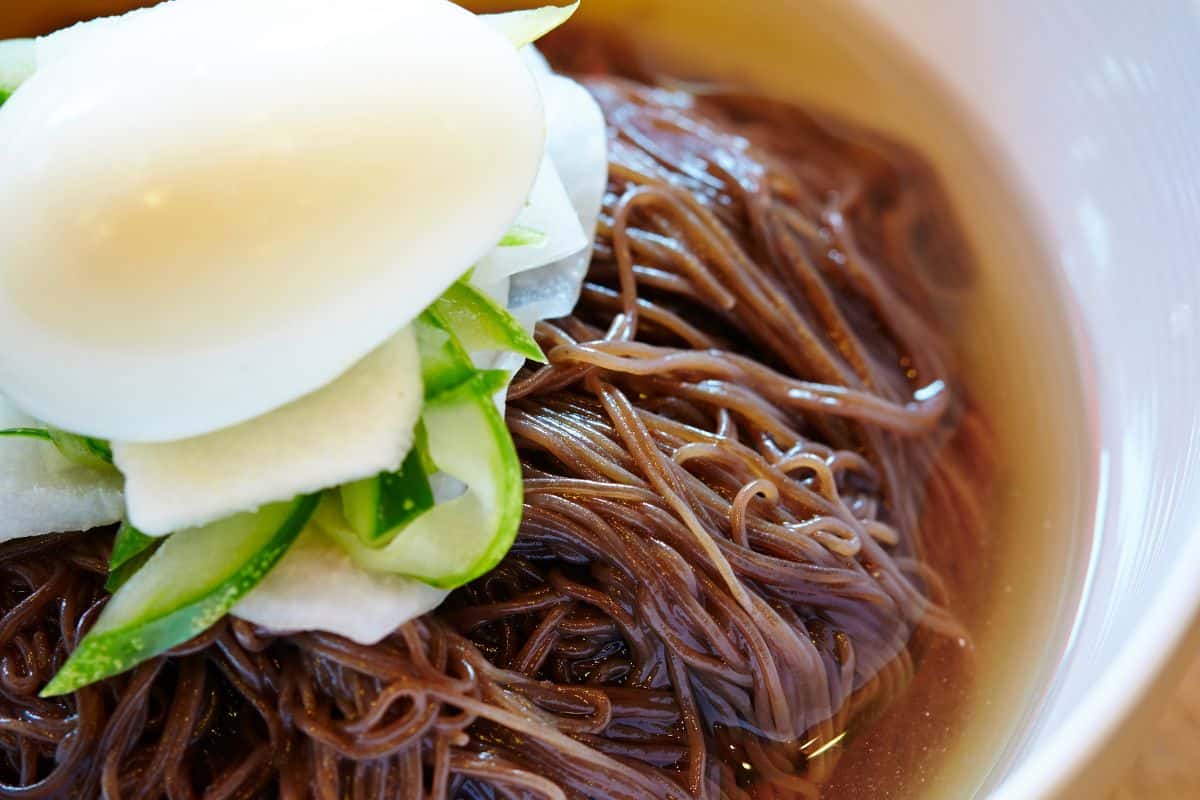
🍜 Korean Foods to Try in June
Mulnaengmyeon
Travelers visiting South Korea in June should not miss mul-naengmyeon, a beloved dish featuring cold buckwheat noodles served in chilled broth - it's amazing with freshly-grilled Korean BBQ. Typically made with beef or radish, the broth is accompanied by slices of cucumber, a boiled egg, and sometimes tender pieces of beef or pickled radish.
This refreshing dish is especially welcome during the hot summer months. Locals flock to it for its cooling properties, making naengmyeon an essential culinary stop for visitors looking to immerse themselves in Korean culture while beating the summer heat.
Patbingsu
As the summer sun beats down in June, travelers should indulge in patbingsu, a traditional dessert that captures the joyful essence of Korean summers. This treat features finely shaved ice topped with sweetened red beans (pat) and a drizzle of condensed milk.
To elevate the experience, modern bingsu often feature different toppings like fresh fruits, ice cream, or chewy tteok (Korean rice cakes), making for a delightful combination of textures and flavors. June marks the start of bingsu season, when cafes get creative with unique variations, making it a must-try for visitors.
Mulhoe
Mulhoe is a refreshing summer dish that combines thinly sliced raw fish with a chilled broth made from gochujang, vinegar, and fresh vegetables like cucumber, radish, and seaweed. The result is a vibrant mix of flavors, from the tender fish to the crisp vegetables and the tangy broth.
June is the best time to savor mulhoe, with warm weather and fresh seafood at their peak. Travelers seeking a culinary adventure will find this spicy, chilled fare a perfect summer dish, offering a taste of Korea’s bold and refreshing flavors.
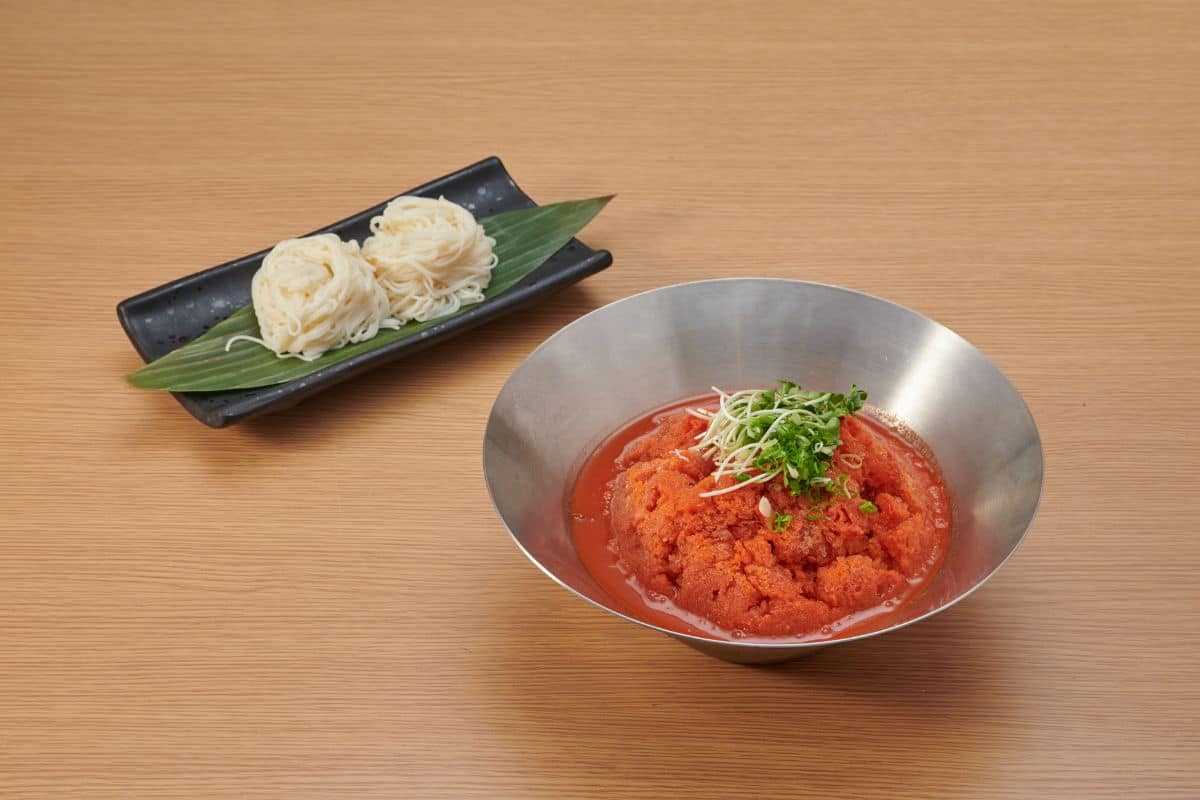
Oiseon
For those venturing to South Korea in search of a refreshing culinary experience, oiseon is a delightful dish that epitomizes the best of summer fare.
This preparation features crisp cucumbers (oi) expertly stuffed with a vibrant mixture of beef or seafood along with assorted vegetables such as carrots, mushrooms, and spring onions. Each bite reveals the perfect balance of textures, with the fresh, succulent crunch of the cucumber complementing the savory yet slightly sweet filling. So. Good.
Enhanced by a light seasoning of soy sauce, sesame oil, and garlic, oiseon beautifully encapsulates the natural flavors of its high-quality ingredients, making it a must-try for any traveler.
June is particularly perfect for enjoying oiseon, as cucumbers are in peak season, showcasing their best taste and hydration qualities during the warm summer months, making it an ideal appetizer or side.
Doenjang Bibimbap
Doenjang bibimbap is a must-try for anyone looking to savor South Korea’s summer flavors. This signature dish features a base of steamed rice topped with fresh vegetables like spinach, bean sprouts, mushrooms, and zucchini.
The key ingredient is doenjang, a fermented soybean paste that adds a rich, savory, and slightly tangy flavor to the meal.
Often topped with a fried egg, doenjang bibimbap offers a harmonious mix of textures and flavors, with the crunch of fresh vegetables and the umami of the soybean paste.
June is an ideal time to enjoy this dish, as the season brings forth an abundance of fresh vegetables, making it a light yet energizing meal for warm weather.
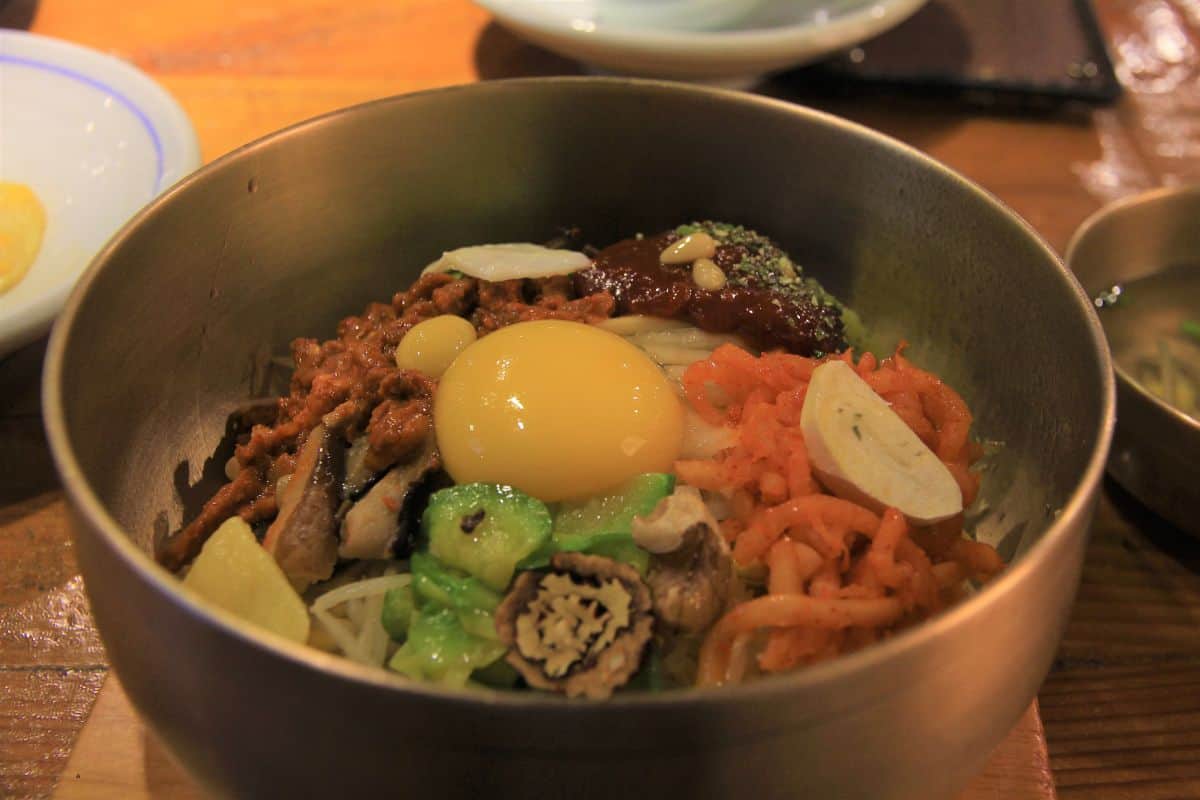
📋 Korea Itinerary for June
Day 1: Explore Seoul’s Historic and Cultural Highlights
Start your trip in Seoul, where you can explore the city’s deep history and vibrant culture. Begin the day at Gyeongbokgung Palace, one of Seoul’s most iconic landmarks, and witness the changing of the guard ceremony.
Afterward, walk to Bukchon Hanok Village, known for its traditional Korean houses (hanoks), to experience Korea’s rich heritage.
For lunch, head to Insadong, a district famous for cultural shops and traditional restaurants. After lunch, take a short walk to Jogyesa Temple, a tranquil Buddhist temple in the heart of the city.
End your day with a relaxing walk along Cheonggyecheon Stream, a beautifully restored waterway running through downtown Seoul, illuminated by soft lights at night.
Day 2: Outdoor Adventure at Seoraksan National Park
Escape the city and head to Seoraksan National Park in Sokcho, taking an early bus from Seoul for the 2-3 hour journey. Upon arrival, ride the cable car to Gwongeumseong Fortress for panoramic mountain views.
For a light hike, try Biryong Falls or Ulsanbawi Rock, both offering rewarding views, especially in June when the greenery is at its most vibrant.
After a morning of exploring, enjoy lunch in Sokcho, known for its fresh seafood. Treat yourself to grilled fish or seafood soup before an afternoon at the beach or heading back to Seoul for a relaxing evening.
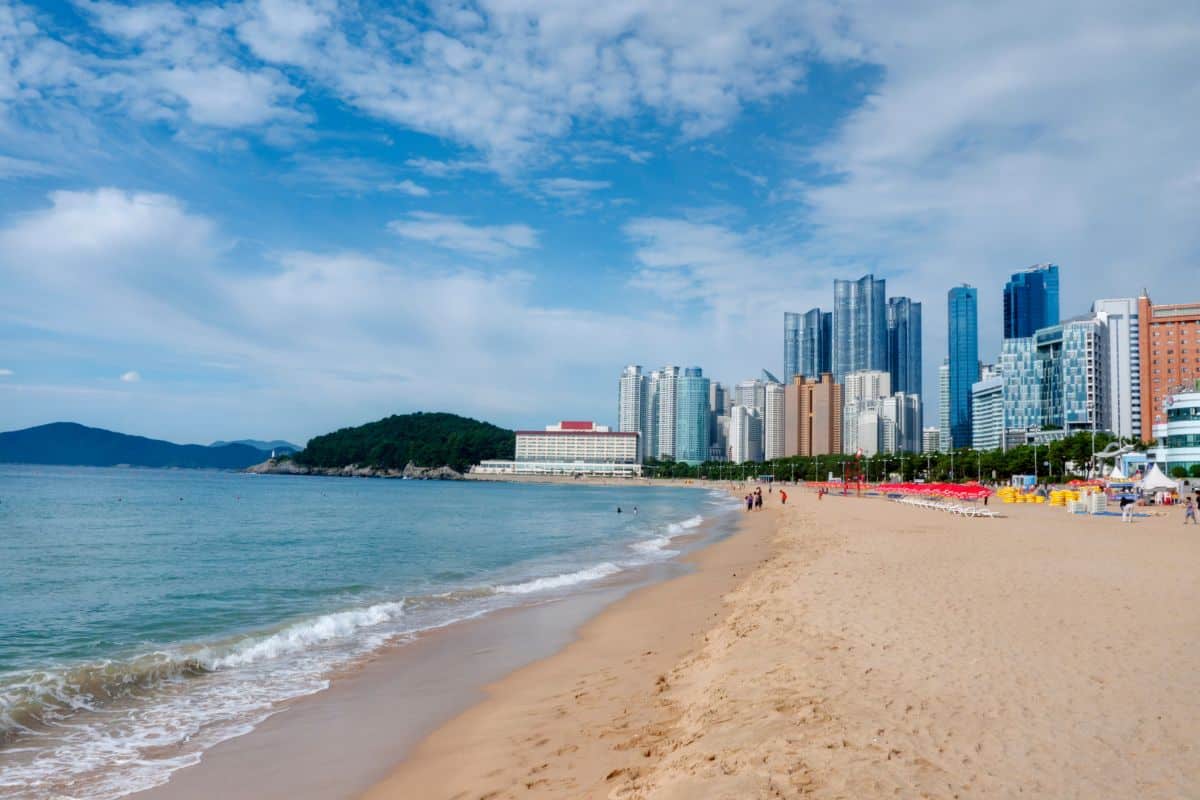
Day 3: Discover Busan’s Beaches and Culture
Take the KTX train from Seoul to Busan, South Korea’s second-largest city. When you get there, head to Haeundae Beach for a relaxing morning by the sea. Afterward, visit Jagalchi Market, Korea’s largest seafood market, and try some Korean-style sashimi.
In the afternoon, explore Gamcheon Culture Village, a colorful hillside community known for its murals and art installations. In the evening, visit Gwangalli Beach to enjoy the view of the illuminated Gwangan Bridge and end the day with dinner at a nearby restaurant.
Day 4: Jeonju – A Taste of Tradition
Travel to Jeonju, known as the birthplace of bibimbap and a city rich in traditional Korean culture. Explore Jeonju Hanok Village, where you can see traditional Korean architecture.
For lunch, try Jeonju’s famous bibimbap, then visit Jeondong Catholic Cathedral and Omokdae Pavilion for scenic views of the village. Return to Seoul in the evening after a day of immersing yourself in traditional Korean culture.
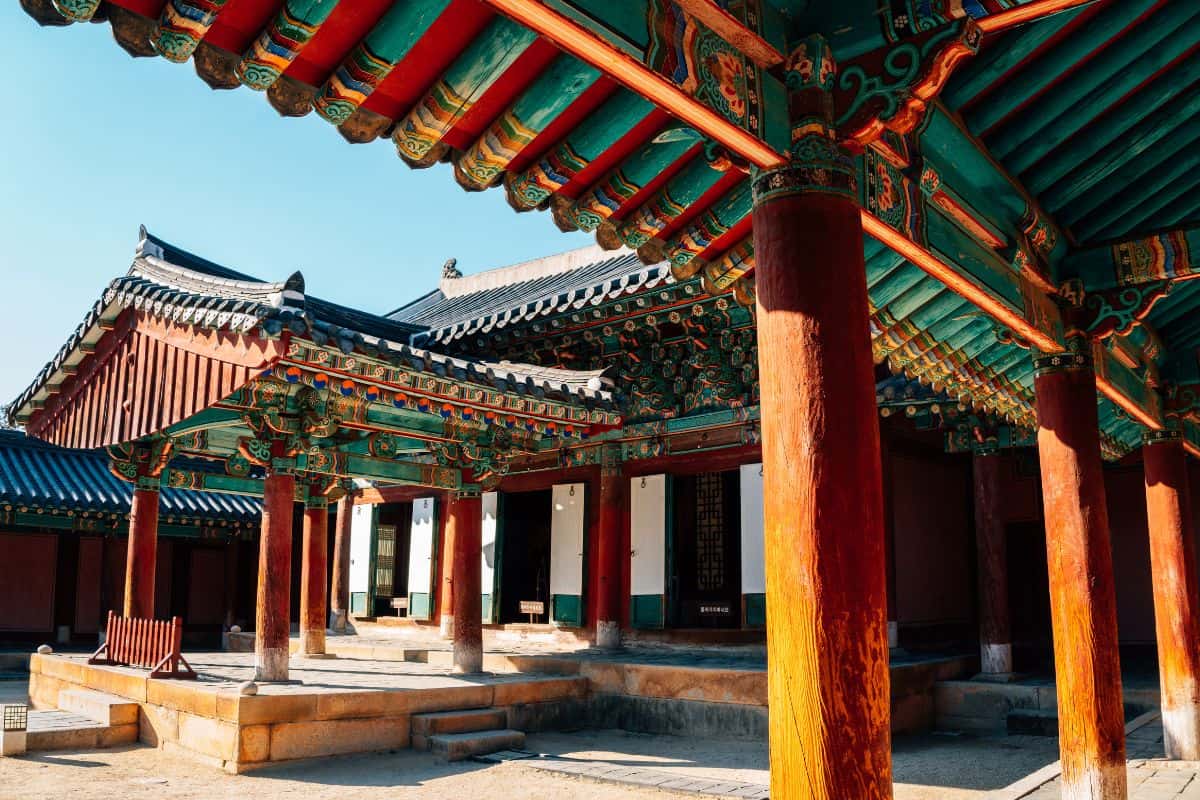
Day 5: Shopping and Modern Seoul
On your final day, explore the modern side of Seoul. Start with a visit to Dongdaemun Design Plaza (DDP), an architectural marvel surrounded by bustling fashion markets. Spend the morning shopping or visiting exhibitions, though if it's raining out, you could also head over to CoEx Mall.
In the afternoon, head to Hongdae, known for its street performances, quirky shops, and cafes. For more walking, visit the stunning Ewha Woman’s University campus nearby. In the evening, take the cable car to N Seoul Tower for panoramic views of the city before enjoying dinner in Itaewon, known for its diverse food scene.
📝 Korean Tours for Summer
Mt. Gamaksan, Eunpyeong Hanok Village, and Haneul Park: A 1-Day Tour from Seoul
For those seeking a perfect day trip from Seoul, Trazy's Mt. Gamaksan, Eunpyeong Hanok Village, and Haneul Park tour is an excellent choice. This adventure takes about 10 hours, and is available throughout summer on Wednesdays, Fridays, and Sundays (in autumn, it's offered daily).
This immersive experience begins at either Hongik University Station, Myeongdong Station, or Dongdaemun H&C Park Station, with a minimum of just one participant, making it a great option for solo travellers.
While meals are not provided, they do provide opportunities to explore local eateries during the tour, offering a built-in taste of authentic Korean cuisine.
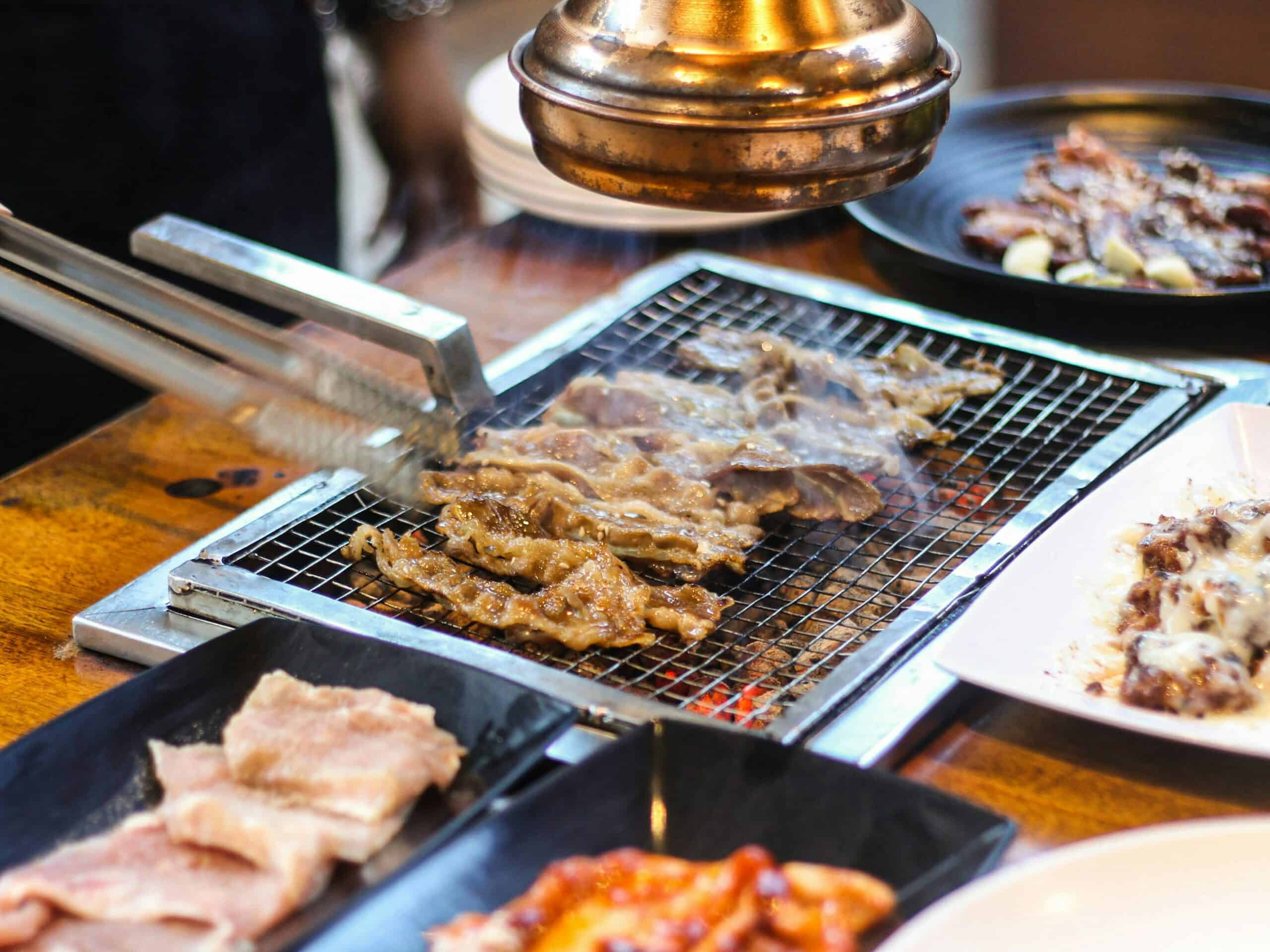
❓ Frequently Asked Questions
In June, South Korea has warm and humid weather, with temperatures ranging between 61°F (16°C) and 80°F (27°C). Early June usually has sunny, dry days, but as the month progresses, the jangma monsoon season begins and rainfall chances increase, especially in southern regions like Jeju Island. Be sure to pack light rain gear and check weather forecasts regularly.
During June in Korea, top destinations include Gangneung for its beaches and coffee culture, Jirisan National Park for lush hiking trails, Suwon Hwaseong Fortress for history, and Suncheon Bay Wetland Reserve for serene experiences in nature. The DMZ is also ideal for learning about Korea’s history, and Jeonju offers a taste of traditional Korean culture.
June weather in Korea can vary from warm afternoons to cooler mornings and evenings. It’s best to pack light layers, breathable fabrics like cotton or linen, and comfortable shoes for walking. Don’t forget rain gear, such as a small umbrella or light rain jacket, as the monsoon season begins late in the month. Sun protection, including hats and sunscreen, is also essential as the sun strengthens in the summer.
June is the perfect time to enjoy refreshing Korean dishes like mulnaengmyeon (cold buckwheat noodles in chilled broth), patbingsu (shaved ice dessert with red beans and various toppings), mulhoe (raw fish in spicy, chilled broth), and oiseon (stuffed cucumber with beef or seafood).


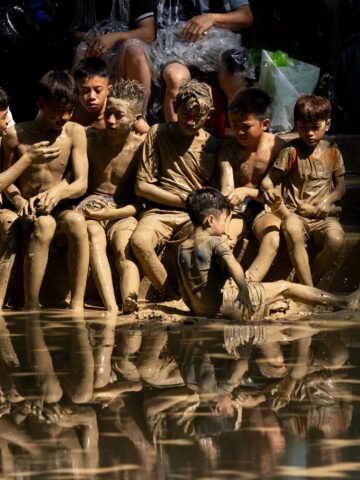
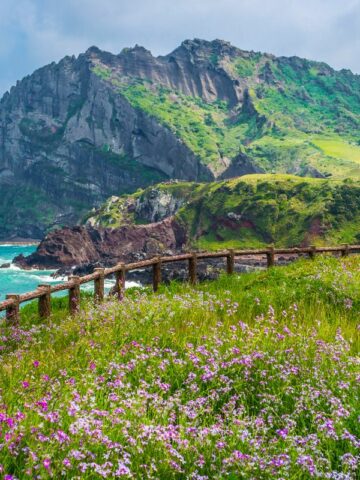
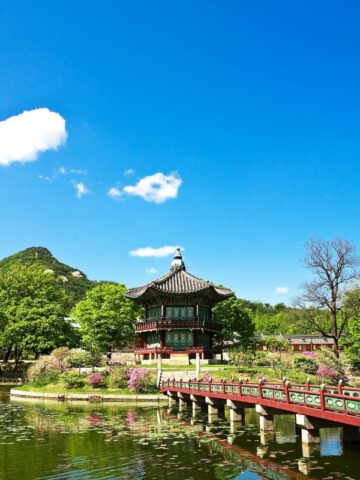
Leave a Reply